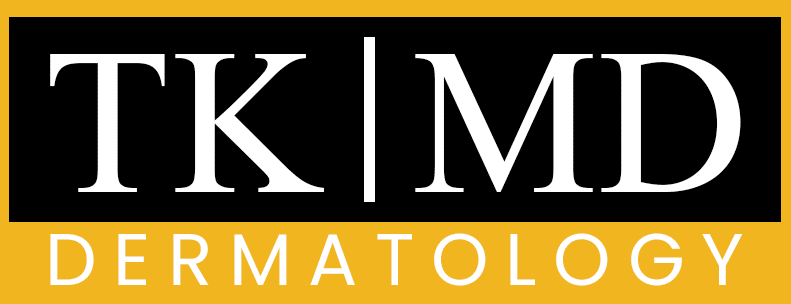Acne is a common skin condition that occurs when hair follicles become clogged with oil and dead skin cells. It can appear as pimples, blackheads, whiteheads, and cysts. Acne most commonly affects teenagers but can also affect adults.
There are several factors that contribute to acne, including hormonal changes, genetics, and certain medications. Some common triggers of acne include stress, diet, and certain cosmetics.
The treatment of acne depends on the severity of the condition. Mild acne can often be treated with over-the-counter topical creams and gels that contain ingredients such as benzoyl peroxide, salicylic acid, or retinoids. These treatments work by unclogging pores, reducing inflammation, and killing bacteria on the skin.
For moderate to severe acne, a dermatologist may recommend prescription medications such as antibiotics, hormonal therapy, or isotretinoin. These treatments are often more potent and can help to reduce the severity and frequency of acne breakouts.
In addition to medication, there are several lifestyle changes that can help to manage and prevent acne. These include keeping the skin clean and moisturized, avoiding touching the face, avoiding picking or squeezing pimples, and reducing stress. A healthy diet that is low in processed foods and high in fruits, vegetables, and whole grains may also help to prevent acne.
There are several treatments available for acne, depending on the severity and type of acne. Some common treatments include:
- Topical treatments: Over-the-counter and prescription creams, gels, and lotions can be applied directly to the skin to treat acne. These products often contain active ingredients like benzoyl peroxide, salicylic acid, retinoids, or antibiotics. They work by unclogging pores, reducing inflammation, and killing bacteria on the skin.
- Oral medications: For moderate to severe acne, a dermatologist may prescribe oral antibiotics, hormonal therapy, or isotretinoin. These medications work by reducing inflammation, killing bacteria, or regulating hormonal imbalances that can contribute to acne.
- Chemical peels: A chemical peel is a procedure that involves applying a chemical solution to the skin to remove the top layer of dead skin cells. This can help to unclog pores and reduce the appearance of acne scars.
- Laser and light therapies: Certain types of lasers and light therapies can be used to target and kill the bacteria that cause acne. These treatments may also help to reduce inflammation and improve the overall appearance of the skin.
- Extraction: In some cases, a dermatologist may perform a procedure to extract blackheads or whiteheads manually. This should only be done by a trained professional to avoid scarring or further skin damage.
It is important to note that acne treatments can take time to work, and it may take several weeks or months to see significant improvements in the skin. Additionally, some treatments may cause side effects, so it is important to discuss the risks and benefits with a healthcare professional before starting any treatment.


